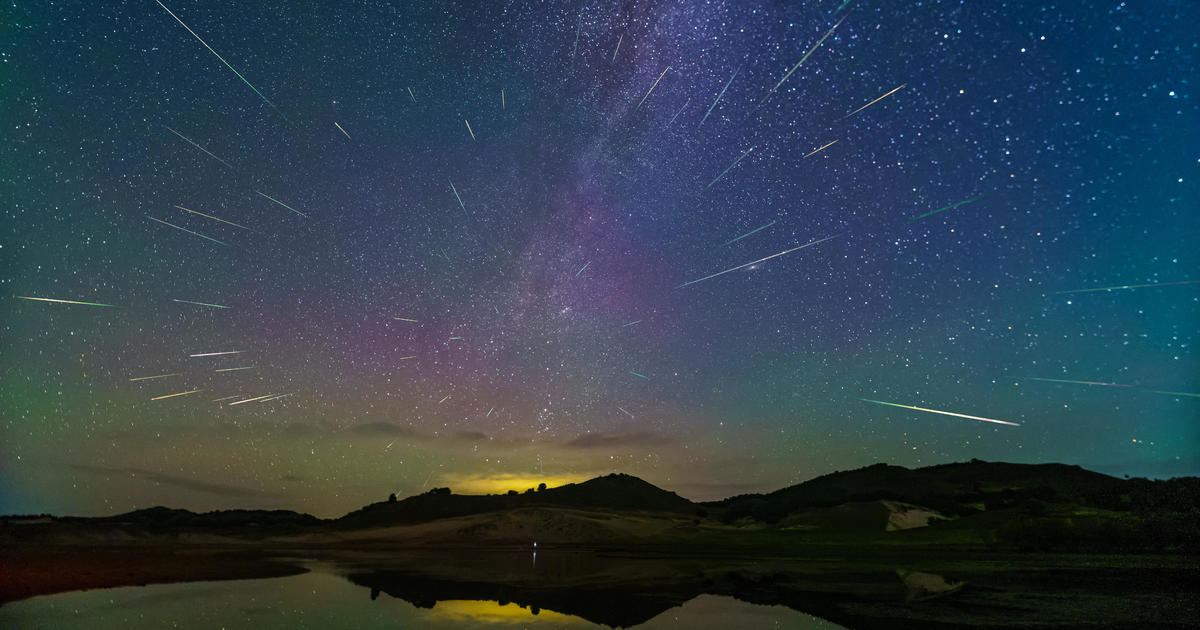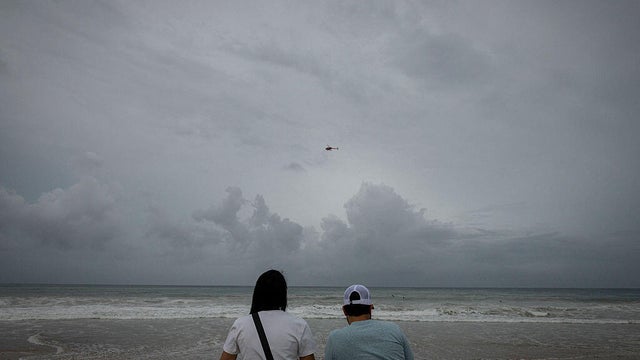

No response returned

The Perseid meteor shower peaked overnight Sunday into Monday, giving astronomy fans one of the best shows of 2024 as they look to the skies.
The shower started in July and will continue through most of August, but just peaked, NASA said. The Perseids are considered the " of the year" by NASA, with about 50 to 100 meteors seen per hour under ideal conditions.
The best time to catch the Perseids was in the pre-dawn hours, according to NASA, but it was possible to view its meteors as early as 10 p.m.
NASA noted that the moon was to set just as the Perseids started to peak. The Old Farmer's Almanac details specific for different ZIP codes across the United States.
The best view of the Perseids meteor shower was from the Northern Hemisphere. NASA urged astronomy fans who wanted to check out the shower to get away from the bright lights of cities.
"Try to get to the darkest location you can," NASA . "The darker it is where you are, the more meteors you will see streaking across the sky."
Around 50 to 75 meteors an hour could be seen in darker locations.
NASA had a simple suggestion: Look up! NASA suggested lying on your back, enabling your eyes to adjust to the dark — and staying off your phone. There was no need to look in any particular direction as the meteors could generally be seen all over the sky.
The space agency's suggested facing roughly northeast as you lay down, but to try to take in as much of the sky as possible because meteors can appear all over.
Two other meteor showers are actually active right now. The Southern Delta Aquariid meteor shower began last month and will run through Aug. 21. It peaked in late July. The alpha Capricornids, a small meteor shower, also started last month. It will continue through Aug. 11, to the American Meteor Society.
The next major meteor shower, the , won't be active until late September, with a peak in October, according to the American Meteor Society. NASA describes the Orionids as one of the most beautiful showers of the year. The Orionids are known for their brightness and speed.
Meteors — space rocks that enter Earth's atmosphere — streak through the sky every night, but meteor showers happen less frequently. During a meteor shower, many meteors hit Earth's atmosphere over a short period of time. When they pass through the atmosphere, the meteors leave behind streaks of light caused by glowing, hot air.
While most meteors burn up as they fall, some survive the trip and reach Earth. Those surviving space rocks are considered meteorites.
There are two more full moons this summer. August's full moon, known as the Sturgeon Moon, reaches peak illumination on Monday, Aug. 19. September's full moon will reach peak illumination on Tuesday, Sept. 17, just days before the start of fall.





